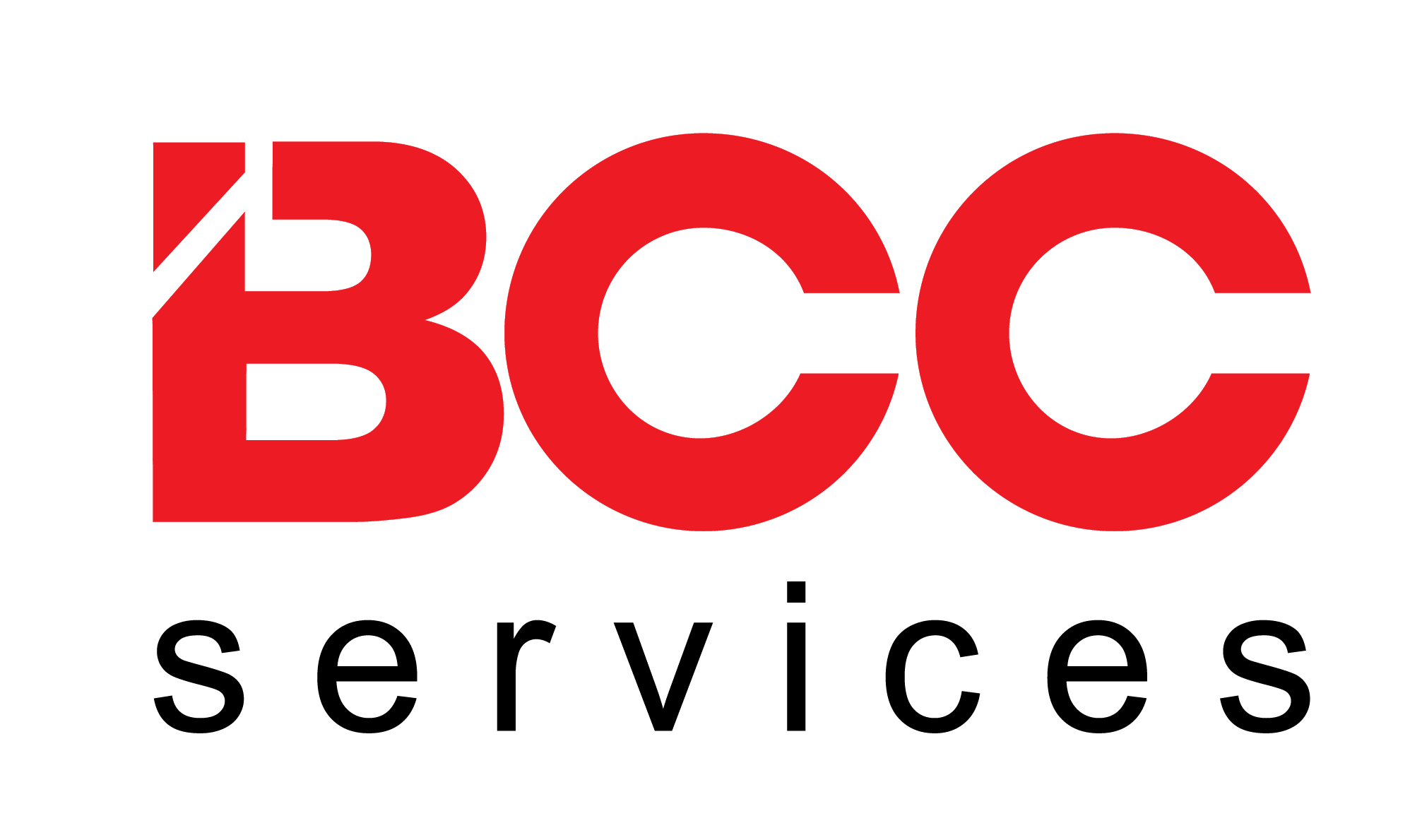The solution is primarily intended for companies and organisations that maintain either their own vehicles fleet or manage it for others.
The Transports is a web application, whose server part runs on the Windows platform, and only MS SQL Server software is required for its functioning.
Basic functional units of the application:
APPLICATION MODULES
1. Fleet management and cost tracking
2. Driving requirements and orders
The application module for managing reservations and vehicle fleet usage is for planning and allocating vehicles for use, as well as record the actual use of vehicles and related costs.
Processing steps:
3. Search and reports
3.1. Search
The search is used to find a specific object easily and quickly. Searches are designed to facilitate finding the object you are looking for as easily as possible.
All search dialogues have two tabs:
- Search parameters – a form used to define search criteria
- Search results – displays search results, all objects that meet the specified criteria and for which the user has the right of insight. Double-clicking on a line in the list opens a form with details and available commands for the selected object, such as service account details.
For example, we can search for all invoices of a certain business partner (service) for a specific period of time.
Each search form and list of search results is customised to the data that is most interesting for a particular Search.
3.2. Reports
All reports can be displayed on the screen and saved in the form of a PDF or MS Excel file:
- HTML – report in the form of HTML (web page), a new tab opens in the browser
- PDF – a report in the form of a PDF file, can be saved locally or printed. A new tab or default PDF viewer opens.
- Excel – an MS Excel file is created that can be saved locally and whose data can be further processed if necessary.
The application provides a large number of reports divided into 6 groups:
- Vehicles
- Driving orders and vehicle requests
- Private and out of state transport
- Invoices
- Fuel and tolls
- Other reports
4. Integrations with in-house and external systems
4.1. Integration with ERP and other applications
Depending on the needs and the existing IT environment, the application can be integrated with:
- ERP system
- Travel orders application
- Microsoft Active Directory – for user authentication.
Integration with the ERP system ensures that the ERP master data is used in the application – e.g. daily download of master data/codebooks that are administered in ERP, but also used in the Transport application: e.g. employees and organizational units. The data processed in the application can be sent to ERP – for example, journal entries with the elaboration of vehicles’ fleet costs.
Integration with other applications, e.g. the travel orders application, enables processing of vehicle reservation order which are managed in the Transports application: vehicle reservation data is available in the travel order application, and travel order information is available in the Transports application.
Integration with Microsoft Active Directory for user authentication allows secure login to the application without the user entering a username and password. If Microsoft AD is not available, the application enables entering a username and password.
4.2. Integration with external systems
The application currently provides integration with the following external systems:
- INA – download files with fuel consumption
- HAC and Bina-Istra – download toll files
- GPS Tracking Service
The GPS service provides different types of data, for example:
- The data on mileage travelled per vehicle per day. In that way we monitor the daily mileage of a vehicle, basically, we can ascertain the current mileage done by the tracked vehicle
- The current vehicle position can be detected at any time. The current position is displayed on Google Maps.
